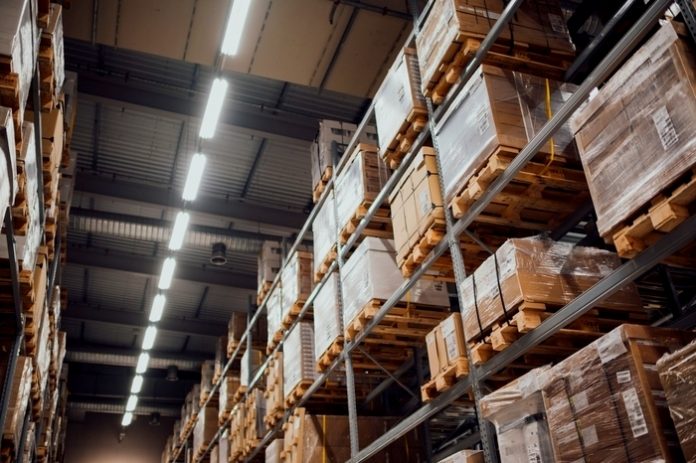The Midlands industrial and logistics market is on track for a record-breaking year, with take-up reaching 11.14m sq ft in H1 2021, a 75% increase compared to the same period last year, according to latest research by global property consultancy Knight Frank.
The B8 Storage & Distribution sectors have remained the most active, with 93% of transactions. Direct occupier distribution took the highest proportion of take-up (36%), closely followed by pure e-commerce (30%), and 3PL sector (27%).
Knight Frank has recorded over 40m sq ft requirements in the first half of 2021, almost equalling those recorded in the whole of 2020. Requirements in the mid box market (50,000 – 99,999 sq ft) have seen a resurgence, as regional businesses show increasing signs of confidence. The highest number of requirements has been received in the 100,000 – 249,999 sq ft size band, with more companies looking to make larger investments in buildings in order to capitalise on consumer demand.
However, with increasing levels of occupier demand as companies seek to expand their online and home delivery capacity in response to the growing levels of e-commerce, supply levels are dwindling. During the first half of 2021, the shortage of supply reached drastic levels, with only three months of existing buildings remaining, pushing to just seven months including those under construction.
Excluding buildings rumoured to be under offer, existing availability stands at just 3.75m sq ft (30 buildings) across the Midlands, 68% being in the West Midlands. There is currently just 3.88m sq ft under speculative construction (24 buildings), with a majority (57%) in the West Midlands.
James Clements, Head of Midlands Logistics & Industrial at Knight Frank, comments: “Given wider economic factors, one real possibility remains in that we could quite simply run out of larger footprint buildings. The lack of availability coupled with limited new buildings coming to market creates an extremely strong case for speculators across all size categories. It is fair to assume that any building reaching practical completion in 2021 is very unlikely to remain available at the time the next wave of speculative development comes through in late 2022 / 2023.
“There is huge growth potential over the next couple of years across all size ranges in almost all locations. Former secondary markets are now achieving previous record prime rents and the best end of the market is absolutely soaring, a trend that is only likely to continue whilst occupiers scramble over one another for space.”
Increased investment activity
Strong occupier market dynamics continue to drive activity in the industrial investment market. Current figures show investment into UK industrial and logistics totalled a record £6.6 billion in H1 2021, more than double the £2.7 billion recorded in H1 last year. Investment into the Midlands region reached £1.6 billion in H1 2021, compared with just £347 million in H1 2020.
Overseas investors accounted for 59% of investment into the industrial sector in the Midlands, compared with 41% in H1 2020. While buyers from the US continue to dominate, there has been a rise in capital coming from Middle Eastern investors.
Key deals in H1 2021 include Frasers Property UK’s purchase of Blythe Valley Park, Solihull for £170m and W.P Carey’s purchase of Jaguar Land Rover’s Solihull site for £132.5m.
Ashley Hudson, Head of Knight Frank’s Birmingham office, comments: “The favourable structural trends in the online retail market and robust occupier market are also attracting new sources of capital to the UK logistics market. Investors that have traditionally focused on retail and office spaces are increasingly seeking to diversify their holdings and tilt their portfolio towards logistics.
“As investors seek to grow their exposure to the sector and increase capital allocations, competition for assets will continue to drive pricing. As pricing at the prime end of the market sharpens to yields of sub 3% an increasing number of investors are seeking returns further up the risk curve.”



















